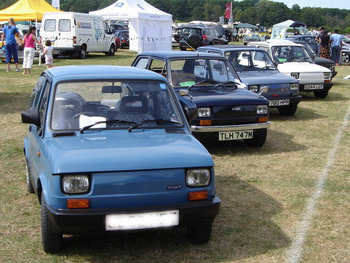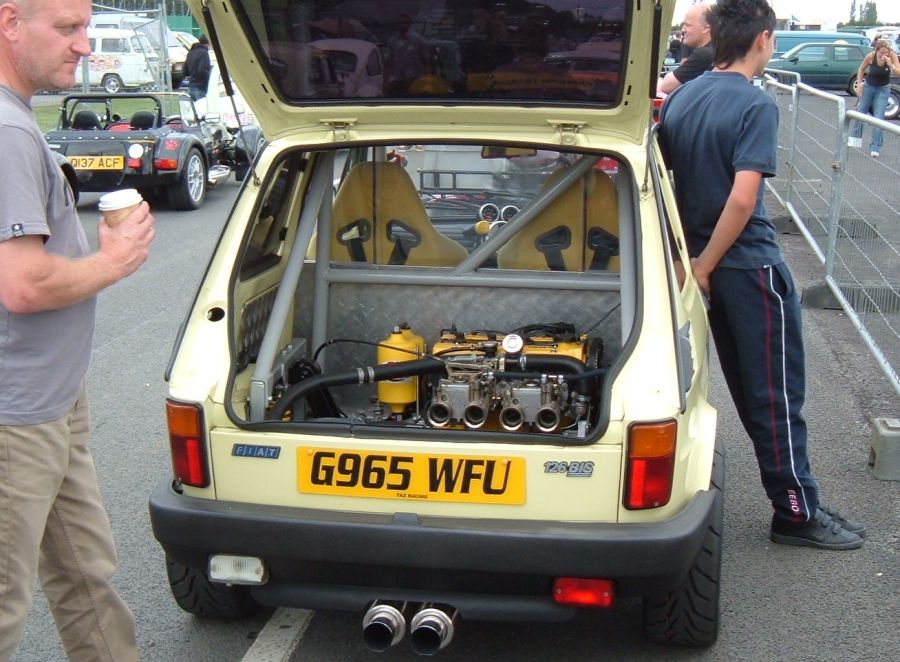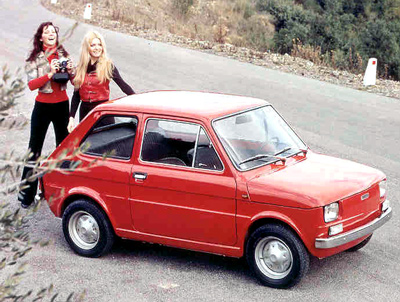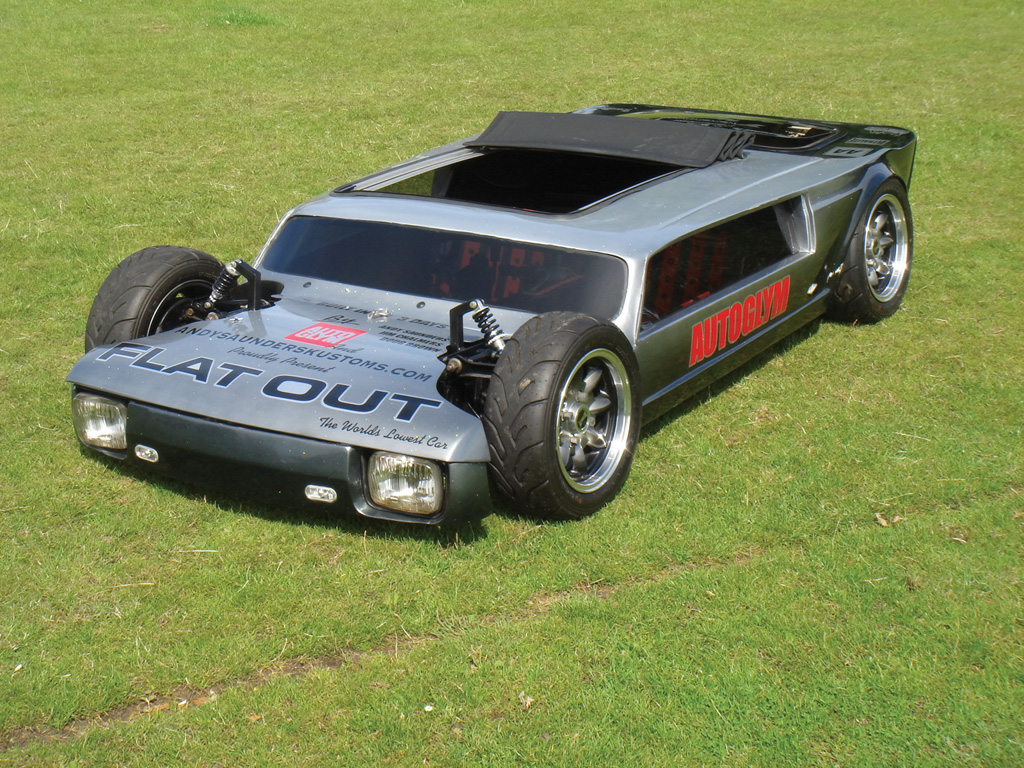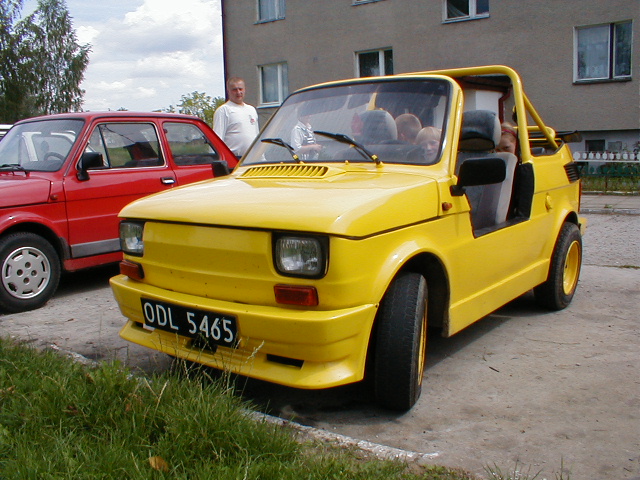Fiat / Fiat 126

Specs
-
Engine0.7L
-
Transmission5-spd man w/OD
-
Seating5 passengers
-
Fuel Capacity50 liters
Specs
| Fiat 126 | manual | 24HP (17 kW) @ 4500 rpm | |
|---|---|---|---|
| Fiat 126 | manual | 24HP (17 kW) @ 4500 rpm | |
| Fiat 126 | manual | 23HP (17 kW) @ 4800 rpm | |
| Fiat 126 0.7 | Manual | 95HP (70 kW) @ 5750 rpm |
Worldwide Trends
GEO Interests
Videos / Fiat 126
Fiat 126 BIS interior, exterior, start up & driving!
Fiat 126 yamaha R1 Engine
Fiat 126 mit Hayabusa Motor - extrem schnell
Maluch drift - Fiat 126 having fun on snow.
The City’s small car snatches the lime light:
The Fiat 126 was first introduced in October 1972. It was called as a city car and it was the successor of the Fiat 500. The car was unveiled to the public at the Turin Auto Show. Bielsko- Biala, Poland is the place where the car was invented. Sergio Sartorelli was the designer of the car. Fiat Cinquecento is the successor of this car. From 1972 to 2000 the company had around 4 billion units of production which too massive for any automobile. This is popularly known as Zastava 126.
Important history and features of the car:
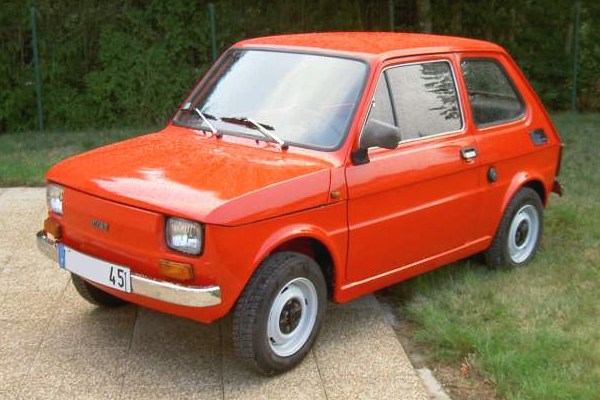 The body style of the car came with 2 door saloon and also 2 door sedan. It was a simple and small car. It had typical RR layout and similar mechanical engineering as that of the Fiat 500. The car had brand new improvised body shell which had a close resemblance to that of the Fiat 127. Fiat 126 went through rigorous development and improvisation when the engine was concerned. The capacitance of the engine was increased from 594 cc to 652 cc as there was an increase in the cylinder bore from 73.5 mm to 77 mm. The car claimed the output power of 23 ps which is also 17 kW. The torque produced saw an elevation from 39N-m or 29 lb-ft to 43 N-m or 32 lb-ft which was a great improve. Until early 1983 the production 594 cc engines were available.
The body style of the car came with 2 door saloon and also 2 door sedan. It was a simple and small car. It had typical RR layout and similar mechanical engineering as that of the Fiat 500. The car had brand new improvised body shell which had a close resemblance to that of the Fiat 127. Fiat 126 went through rigorous development and improvisation when the engine was concerned. The capacitance of the engine was increased from 594 cc to 652 cc as there was an increase in the cylinder bore from 73.5 mm to 77 mm. The car claimed the output power of 23 ps which is also 17 kW. The torque produced saw an elevation from 39N-m or 29 lb-ft to 43 N-m or 32 lb-ft which was a great improve. Until early 1983 the production 594 cc engines were available.
Subsequently engine was re-designed and re-styled to 704 cc capacity. This engine was fitted to Fiat 126 Bis model which was manufactured between 1987 and 1991. The motive power production of this car was 26 PS or 19 kW which was a positive change. Though Poland was the place where cars were initially manufactured, Italy also began the production of the car at Termini Imerese and Cassino plant. The production lasted until 1979 and produced over a million cars in Italy.
However the output of the car was continued in FSM, Poland. Polski Fiat 126p was produced from that particular plant for 3 decades from 1973 to 2000.The car received a face lift in the year 1984 when it re-designed the model to give plastic bumpers for all the versions of the vehicle and new re-styled dashboard was also fitted. The car saw a modified grille, higher chassis and attractive front blinkers. The vividness of the blinkers was white only in Italy and for the rest of the world it was orange. For the cars manufactured in Poland, letter “P” was suffixed after the original name. This was done simply to distinguish between car manufactured in Poland as well as in Italy.
The car Fiat 126 saw continuous modification throughout 1980. The process of modification was carried to all the parts of the vehicle irrespective of the version or model. After every modification, car received good response. Brakes were upgraded, the standard plastic bumper was fitted, brand new electronic ignition system fiber glass and were introduced.
These changes brought the popularity of the car.









